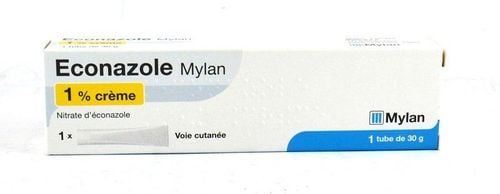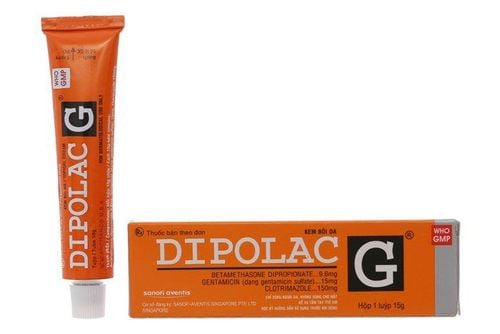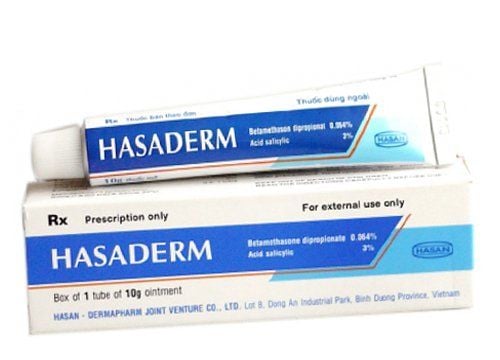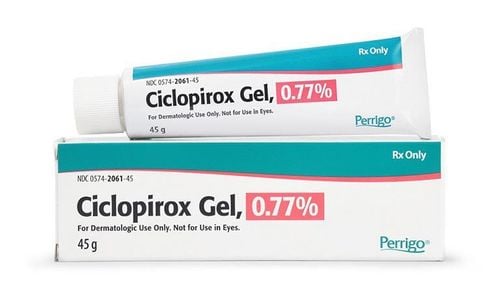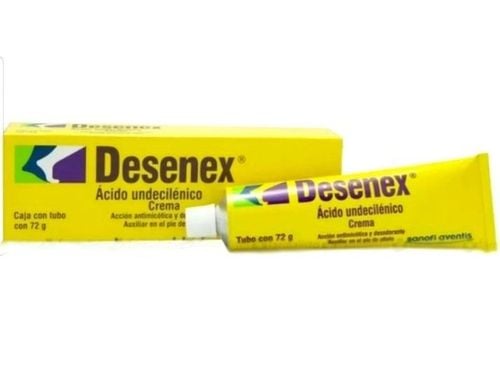This is an automatically translated article.
The article was professionally consulted with Specialist Doctor I Nguyen Thanh Van - Doctor of Internal Medicine - Dermatology - Department of Medical Examination & Internal Medicine - Vinmec Phu Quoc International General Hospital.Like an onion, the skin has many different layers. The deeper the skin infection, the more dangerous it is. The first layer of the skin is the epidermis, which gives the skin cells and color. The second layer is the dermis, which creates an oil layer to protect the skin and sweat for cooling. This layer also has nerve endings that perceive heat, cold, and pain. The third layer is the subcutaneous fat, which attaches the skin to muscles and bones, and helps control body temperature.
1. Why skin infections?
A cut in the skin, such as from trauma or surgery, makes it easy for bacteria to get in and can lead to infections (viruses, bacteria, and fungi). Bacteria are creatures that live all around us: some are harmless or good for humans, but some can cause disease. Viruses are very small organisms that can only grow inside other living cells. Fungi are living organisms that feed on other living organisms.2. Treatment of skin infections
Many bacterial infections can be treated with antibiotics. Now, some bacteria have become resistant to drugs and are harder to kill. Prescription medications or creams can treat most fungal infections. Your doctor may prescribe antiviral drugs, as the case may be.3. MRSA
Methicillin-resistant Staphylococcus aureus (MRSA) is an infection caused by bacteria that are resistant to antibiotics. It can cause an abscess (pus in the tissue). If there is an abscess, the doctor may perform a procedure to drain the pus and not use medicine. Hospital inpatients or healthcare settings such as nursing homes are particularly susceptible to MRSA infection. Groups of subjects who often have skin-to-skin contact with others, such as wrestlers or childcare workers, are also susceptible to this strain of bacteria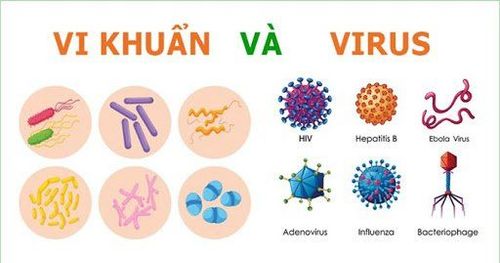
Chẩn đoán nhiẽm trùng do vi khuẩn và virus
4. Cellulitis
This is a serious bacterial skin infection, usually on the lower leg or anywhere on the skin. The infected area is swollen, hot, and painful. Cellulitis can be very serious if it is in deeper tissue and enters the bloodstream. If you have red streaks on your skin, fever, chills and aches, see your doctor right away for diagnosis and treatment. If the infection is severe, you will be prescribed intravenous antibiotics.5. Impetigo and impetigo
It is a bacterial infection that is quite common in preschool and school-age children. The clinical presentation is usually painful blisters on the face, neck, hands or diaper area. Usually occurs after the skin is irritated by another problem such as a cut, scratch, or rash. Impetigo can be treated with antibiotics (in the form of an ointment, pill, or solution).
Phát ban là một trong những. nguyên nhân gây nhiễm trùng da
6. Necrotizing fasciitis
Necrotizing fasciitis, also known as flesh-eating bacteria, is an infection that spreads quickly and destroys soft tissue (muscle, fat, and other tissues that connect muscle to bone). If you have a strong immune system and maintain good hygiene, you are unlikely to get this disease. If you are sick, you will need intravenous antibiotic treatment and the surgeon will remove the infected tissue7. Folliculitis
A condition in which the hair follicles - the small sacs that hold the hair follicles - become inflamed and cause redness, itching, burning, and pain. It is usually caused by bacteria, but fungi and viruses can also cause this condition. Folliculitis usually goes away on its own, otherwise your doctor may have to prescribe an antibiotic or antifungal cream to treat it.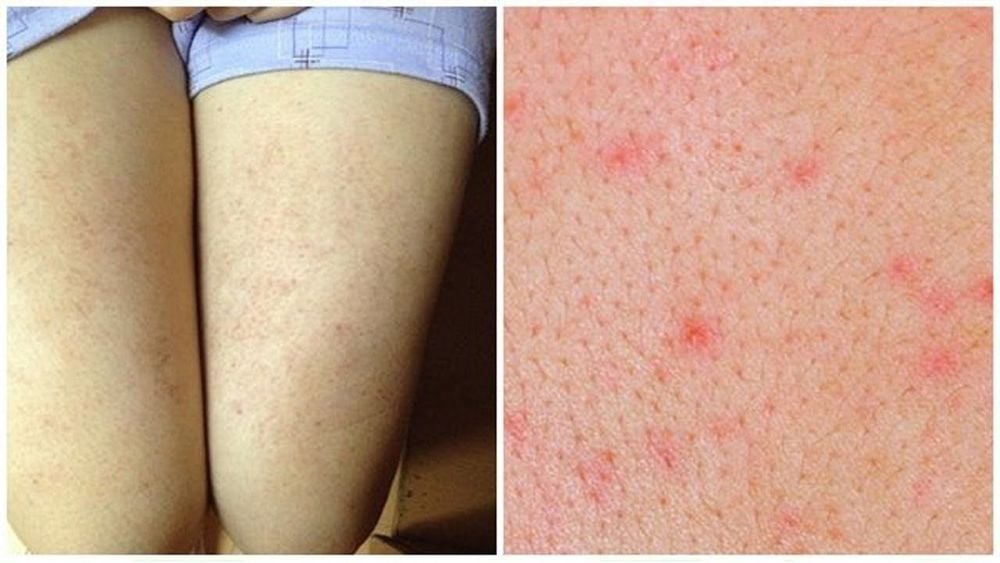
Viêm nang lông là một trong những. nguyên nhân gây nhiễm trùng da
8. Boils and boils
A boil is an ulcer that begins with redness and swelling that worsens as it fills with pus and bursts. Through a cut or insect bite, one or more hair follicles becomes infected. Aneurysms (clusters of boils) are a group of boils under the skin that cause deeper pustules and scarring. Applying warmth to the area can relieve pain and help the boil drain, but if the boil is large, your doctor will need to do minor surgery to drain the pus.9. Cold sores
Genital ulcers in both men and women are usually caused by the herpes virus (type 2). Once you are infected with this virus it stays in the body but does not cause an ulcer. Your doctor may prescribe medication to control the disease. It's contagious, so you shouldn't have sex while you're infected or only have sex while using a condom to reduce the chances of passing it on to your partner10. Cold sores on lips
Cold sores caused by the herpes virus type 1 on the lips or mouth, causing pain and unsightly. Most people get the virus from contact with people who are sick. The virus stays in the body and sores can flare up when the immune system is weakened, anxious or overtired. It usually goes away on its own, but prescription medications can help control flare-ups.11. Chickenpox
The chickenpox virus affects the entire body and is mainly known for an itchy rash. It usually clears up on its own within a week, it's contagious, so if you have chickenpox, stay home and rest until it's completely gone. Once you get chickenpox, you won't get it again, but you can get a shingles outbreak later. Vaccines can reduce your risk of getting chickenpox and shingles, or make symptoms less severe if you do get them.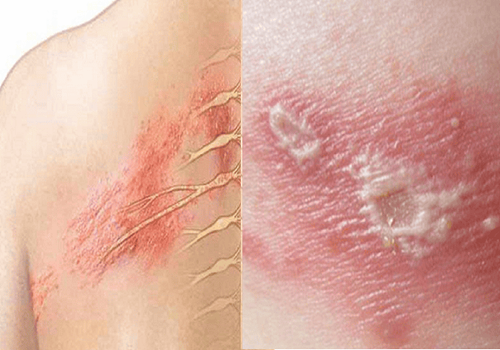
Bệnh zona không được điều trị sớm có thể gây nhiễm trùng da
12. Molluscum contagiosum
Characterized by smooth, firm, pink, white, or skin-colored papules, concave in the center. You can become infected by contact with sick people or things they have touched. Painful, itchy sores can appear anywhere on your body. The size is as small as the tip of a pin or as large as a pencil eraser. Molluscum contagiosum usually goes away after 6 to 12 months, but your doctor may prescribe a cream or shave the mollusks away.13. Skin fungus
Tinea capitis is characterized by an itchy, ring-shaped erythematous maculopapular that can appear anywhere on the body and is highly contagious. Many types of fungi can cause this condition and they can be in the environment around us: floors, clothes, towels, sheets, etc. Treat ringworm with oral and topical medications. . Tinea capitis may recur at the same site.14. Toenail fungus
The fungus that causes tinea versicolor is also the cause of toenail fungus. It usually appears on the bottom of the foot and between the toes, where it is tight and wet. Symptoms are usually itching, dryness, cracking and can sometimes cause bleeding. Many locker room and gym floors often have this fungus, so don't go barefoot and clean the floor often. Please keep your feet clean and dry to avoid recurrence of the disease.15. Skin parasites
Tiny organisms can burrow into the skin and lay eggs, causing redness, irritation, and itching. Head lice are common parasites, especially common in children. They are concentrated mainly in the scalp and are easily transmitted from person to person. Other skin parasites such as scabies and worms. Treat skin parasites with topical creams and shampoos.At Vinmec International General Hospital, there is a package of examination and advice on treatment of atopic dermatitis to help customers assess the overall condition of the disease and advise on measures to help prevent recurrence.
When registering for a package of examination and consultation for treatment of atopic dermatitis, customers will receive: Dermatology specialist examination. Perform tests such as: quantitative IgE, fresh mycobacteria, specific IgE quantification with respiratory allergens - food (Panel 1 Viet), test Rida Allergy Screen (panel 1)...
Please dial HOTLINE for more information or register for an appointment HERE. Download MyVinmec app to make appointments faster and to manage your bookings easily.
Reference source: webmd.com



